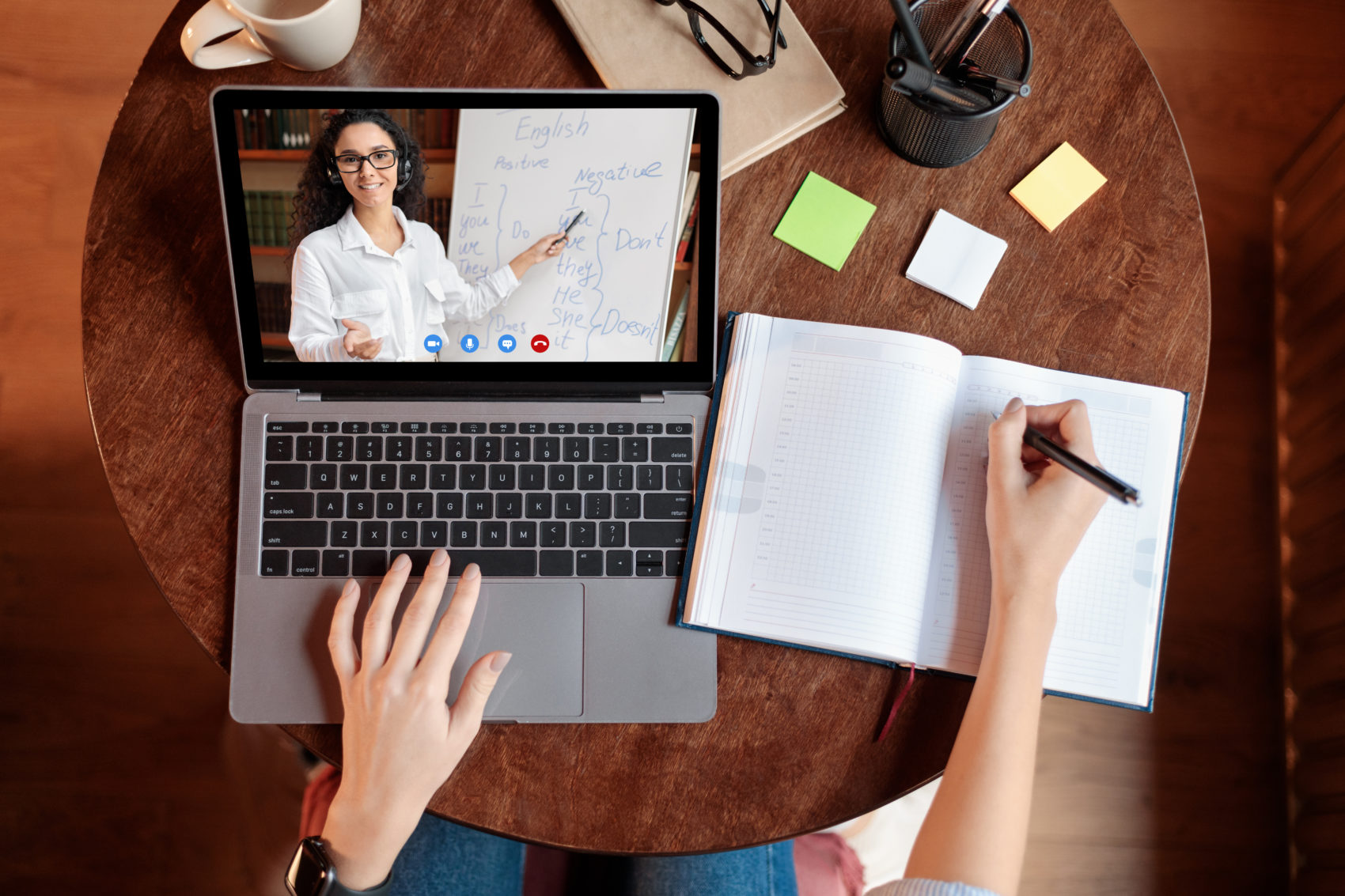The Benefits of Interactive Learning Tools
Interactive learning tools have revolutionized the educational landscape, offering dynamic and engaging ways to enhance the learning experience.
These tools, which range from digital simulations and games to online collaborative platforms, provide unique opportunities for both educators and students to explore and understand complex concepts in an interactive and immersive manner.
This article explores the multifaceted benefits of interactive learning tools and how they are reshaping education in the 21st century.
Enhancing Engagement and Motivation

Interactive Learning as a Catalyst for Engagement
Traditional teaching methods often struggle to maintain student engagement, especially in the face of distractions and varying attention spans. Interactive learning tools address this challenge by making education more engaging and fun.
These tools often incorporate elements of gamification, such as points, badges, and leaderboards, which can motivate students to participate actively and persistently in their learning.
Personalization and Adaptive Learning
One of the key advantages of interactive learning tools is their ability to adapt to individual learning styles and paces. Adaptive learning technologies use data analytics to personalize content, ensuring that each student receives the support and challenges they need.
This personalization fosters a more inclusive learning environment, catering to students who might otherwise struggle in a traditional classroom setting.
Real-World Application and Problem-Solving
Interactive learning tools often simulate real-world scenarios, allowing students to apply theoretical knowledge in practical contexts.
For example, virtual labs in science education enable students to conduct experiments and observe outcomes without the constraints of a physical lab. This hands-on approach not only solidifies understanding but also develops critical thinking and problem-solving skills.
Facilitating Collaboration and Communication
Building Collaborative Skills
Collaboration is a crucial skill in the modern workforce, and interactive learning tools provide a platform for students to develop this skill early on.
Tools such as online forums, collaborative documents, and group projects encourage students to work together, share ideas, and learn from one another.
This collaborative learning environment mirrors real-world professional settings, preparing students for future careers.
Enhancing Communication Abilities
Interactive tools often include features that enhance communication, such as chat functions, video conferencing, and discussion boards.
These tools allow students to communicate with peers and instructors in real-time, fostering a more interactive and responsive learning experience.
Effective communication is essential not only for academic success but also for personal and professional development.
Bridging Geographic and Cultural Gaps
The global nature of online interactive tools allows students to connect and collaborate with peers from around the world. This exposure to diverse perspectives and cultures enriches the learning experience and broadens students' horizons. It also prepares them for a globalized workforce, where cross-cultural communication and understanding are increasingly important.
Supporting Critical Thinking and Creativity

Stimulating Critical Thinking
Interactive learning tools often present students with complex problems that require critical thinking to solve.
These problems encourage students to analyze information, evaluate different solutions, and make informed decisions. This process is fundamental in developing critical thinking skills, which are essential in both academic and professional contexts.
Encouraging Creativity and Innovation
Many interactive tools provide creative outlets for students, such as digital storytelling platforms, coding environments, and design software. These tools allow students to express themselves creatively, experiment with new ideas, and innovate.
Creativity is a valuable skill in the modern world, where the ability to think outside the box and develop original solutions is highly prized.
Assessing and Reflecting on Learning
Interactive tools often include features that allow students to track their progress and reflect on their learning. These features can include quizzes, self-assessment tools, and feedback mechanisms.
Reflection is a critical component of the learning process, as it helps students understand their strengths and areas for improvement, leading to more effective and targeted learning.
Improving Accessibility and Inclusivity
Expanding Access to Education
Interactive learning tools can significantly expand access to education, particularly for students in remote or underserved areas. Online courses, virtual classrooms, and digital resources break down geographical barriers, making high-quality education accessible to anyone with an internet connection. This democratization of education is crucial in addressing educational inequalities and providing opportunities for all students.
Catering to Diverse Learning Needs
Interactive tools can be customized to accommodate diverse learning needs, including those of students with disabilities. Features such as text-to-speech, adjustable text sizes, and alternative input methods ensure that all students can engage with the content.
This inclusivity is essential in creating an equitable educational environment where every student has the opportunity to succeed.
Promoting Lifelong Learning
Interactive learning tools are not limited to formal education settings; they are also valuable resources for lifelong learners. Online courses, tutorials, and educational games make it easy for individuals to continue learning new skills and knowledge throughout their lives.
This lifelong learning mindset is increasingly important in a rapidly changing world, where continuous learning is key to personal and professional growth.
Conclusion
The integration of interactive learning tools into education systems worldwide is transforming how students learn and how educators teach. These tools offer a myriad of benefits, from enhancing engagement and motivation to fostering collaboration, critical thinking, and creativity.
They also play a crucial role in expanding access to education and supporting diverse learning needs. As technology continues to evolve, the potential of interactive learning tools to enrich and democratize education will only grow, making them an indispensable part of the educational landscape.
References
- EdTech Magazine - The Benefits of Interactive Learning
- Educause - The Role of Adaptive Learning
- ScienceDirect - The Impact of Digital Learning Tools
- Journal of Educational Psychology - Collaborative Learning
- International Journal of Educational Technology - Virtual Laboratories in Science Education
- Edutopia - How to Foster Creativity in the Classroom
- The Chronicle of Higher Education - The Future of Online Learning
- Journal of Interactive Media in Education - Accessibility in Online Learning
- Harvard Business Review - The Importance of Lifelong Learning
- Forbes - The Role of Gamification in Education




































